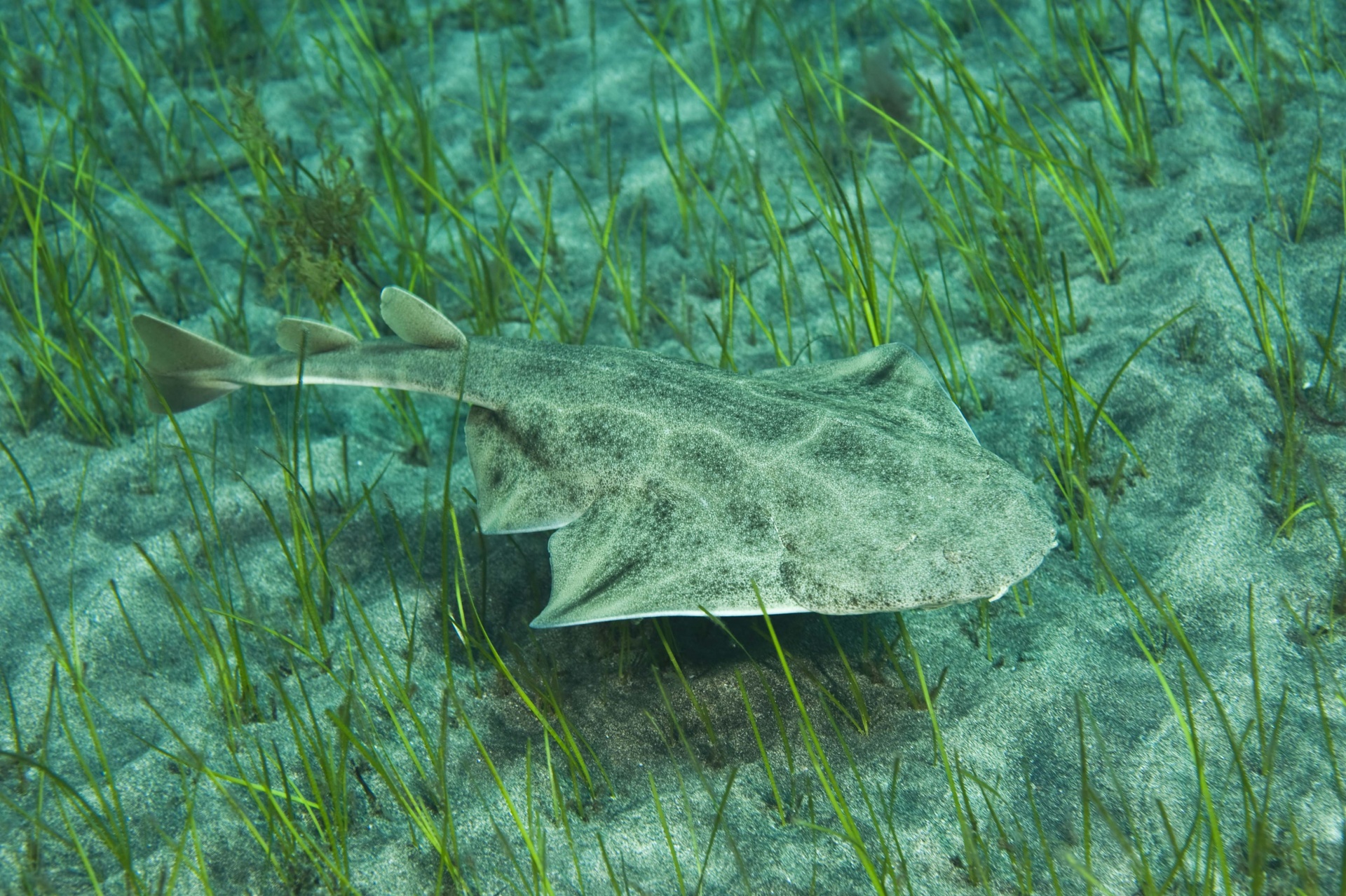The ACUSQUAT II project aims to study the spatio-temporal behaviour of the angelshark and interactions with human activities around critical conservation areas, in order to contribute to its future Recovery Plan. To achieve this objective, an extension of the telemetry network has been carried out in the south and SW of Gran Canaria, together with the use of autonomous vehicles equipped with acoustic detectors, to monitor the behavior of the species in the proximity of critical areas for its conservation.
The angelshark is a species under critical extinction risk due to overfishing and its worldwide distribution has been almost reduced to the Canary Islands. This species uses sheltered beaches and bays as breeding and nursery areas, which means that tourism development could compromise its survival.
Acusquat II aims to study the seasonal movements of the angelsharks between these breeding areas and deep waters, in order to design strategies contributing to conciliate conservation and tourism, so an autonomous surface vehicle integrating a mobile acoustic receiver onboard, has been developed to track tagged angelsharks as they move towards deeper waters.
It is important to delimit their breeding areas to minimize the effect of fishing systems during their movements and to avoid negative interactions with users of these key areas.
The angelshark is harmless, spends the day resting on the sandy bottom, and its juveniles remain safe on sheltered beaches for their first year of life, making them vulnerable to stomps, noise, and pollutants.
This project Acusquat II has been developed with the support by the Biodiversity Foundation of the Ministry for Ecological Transition and the Demographic Challenge.
Below, you can download the project poster and flyer:


